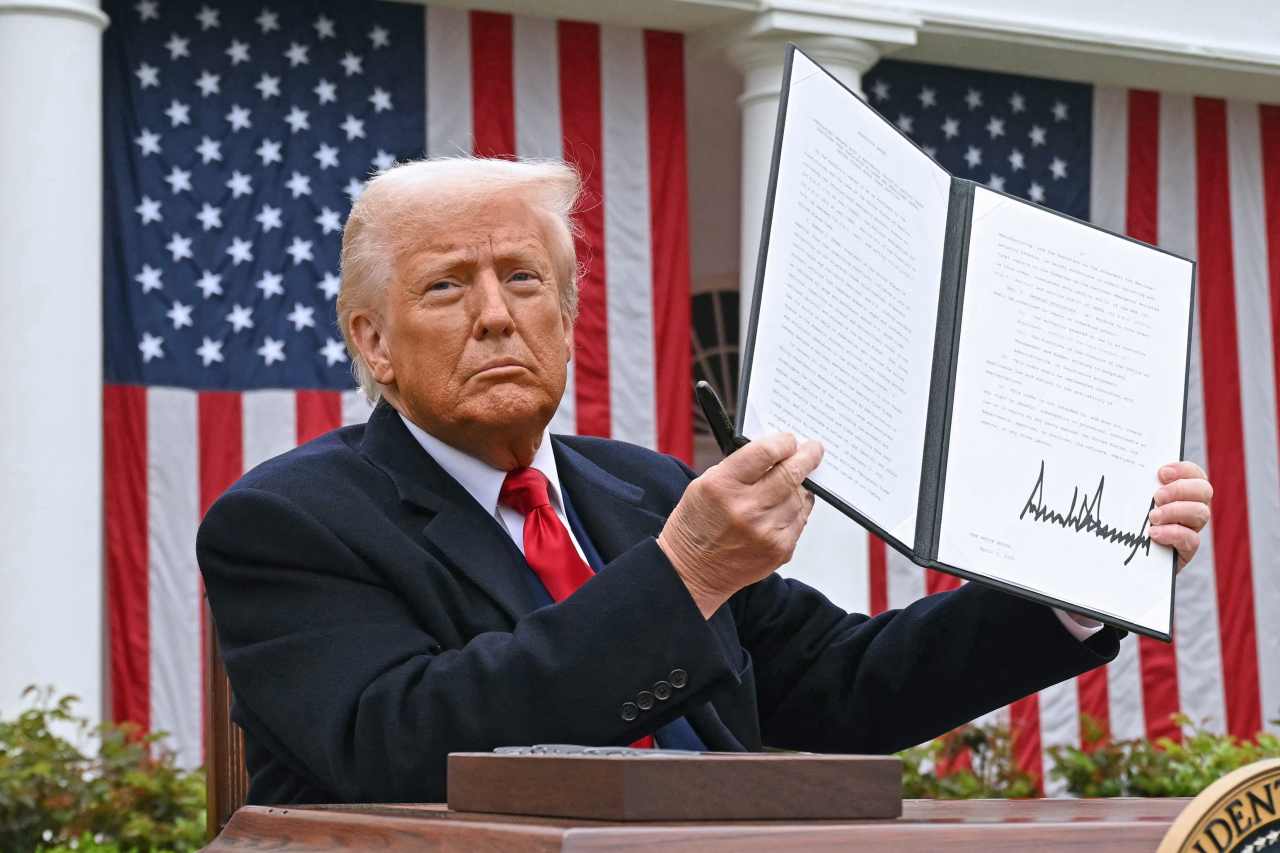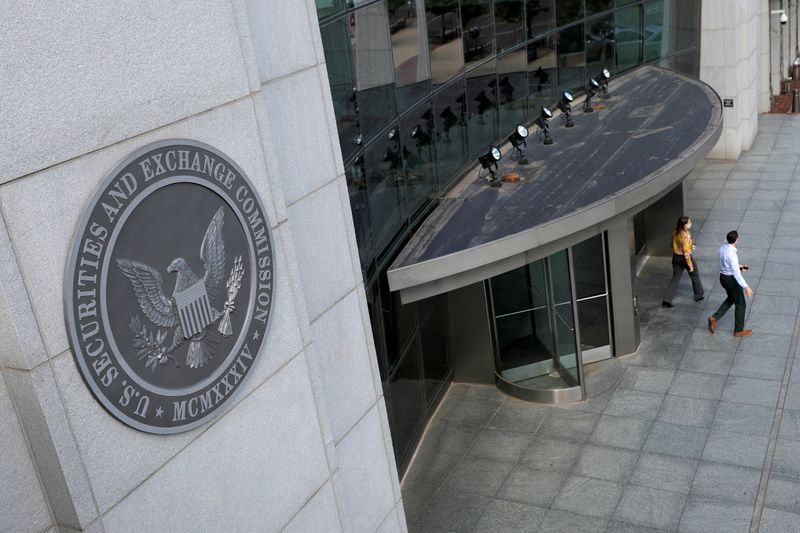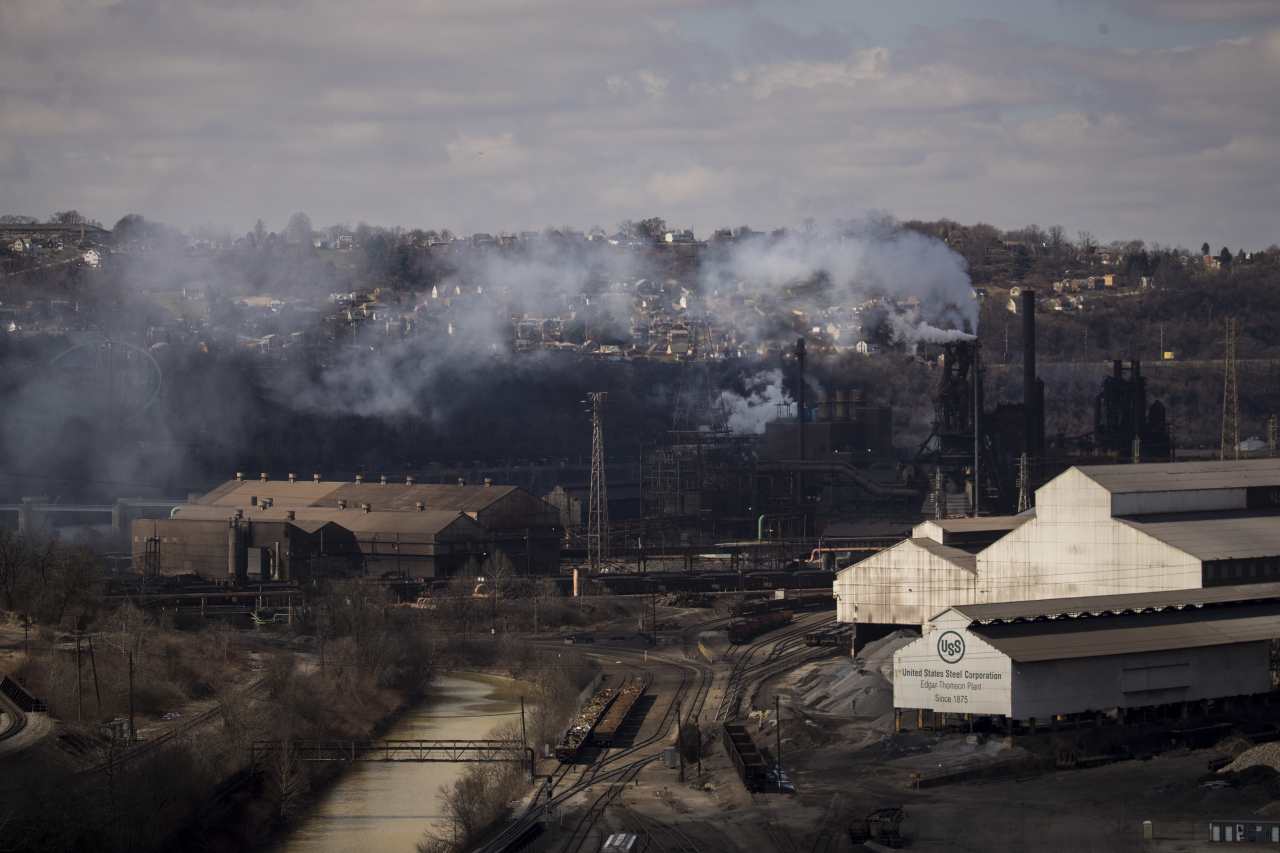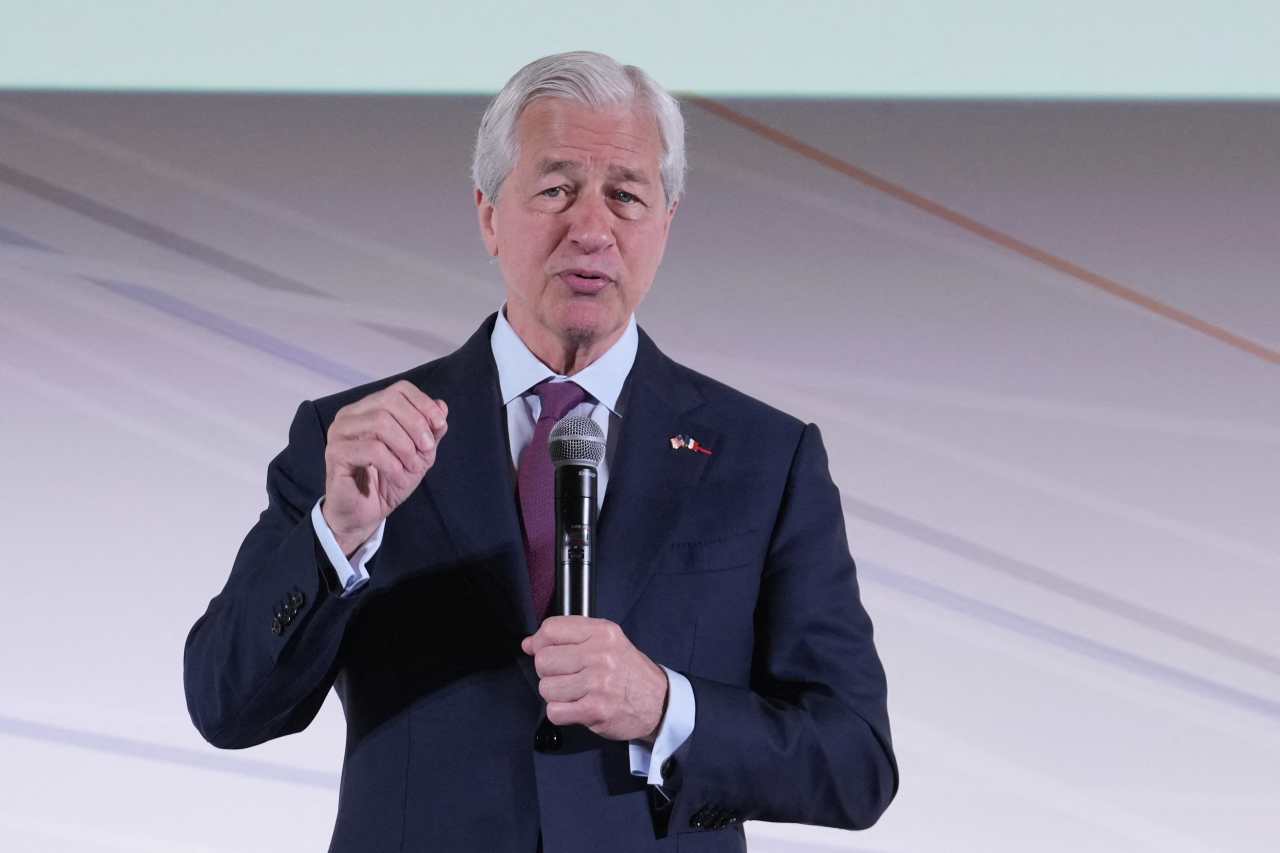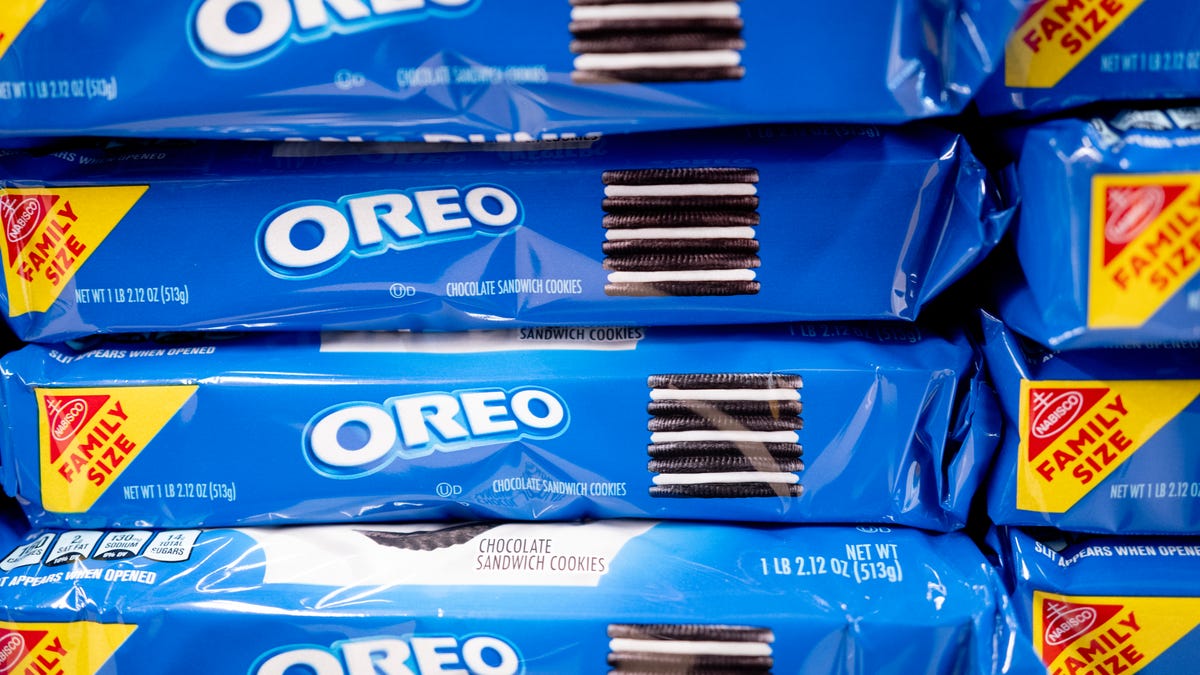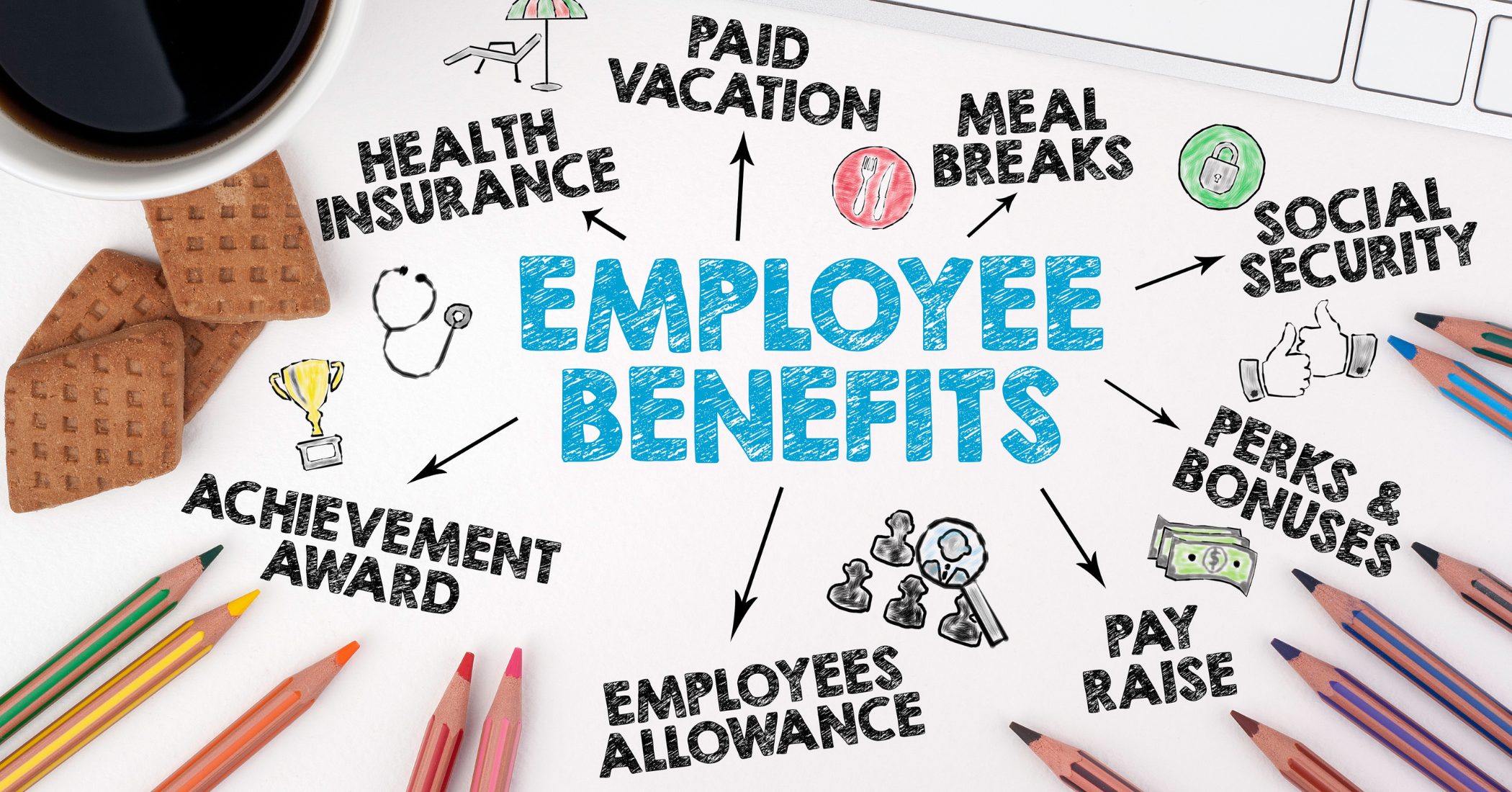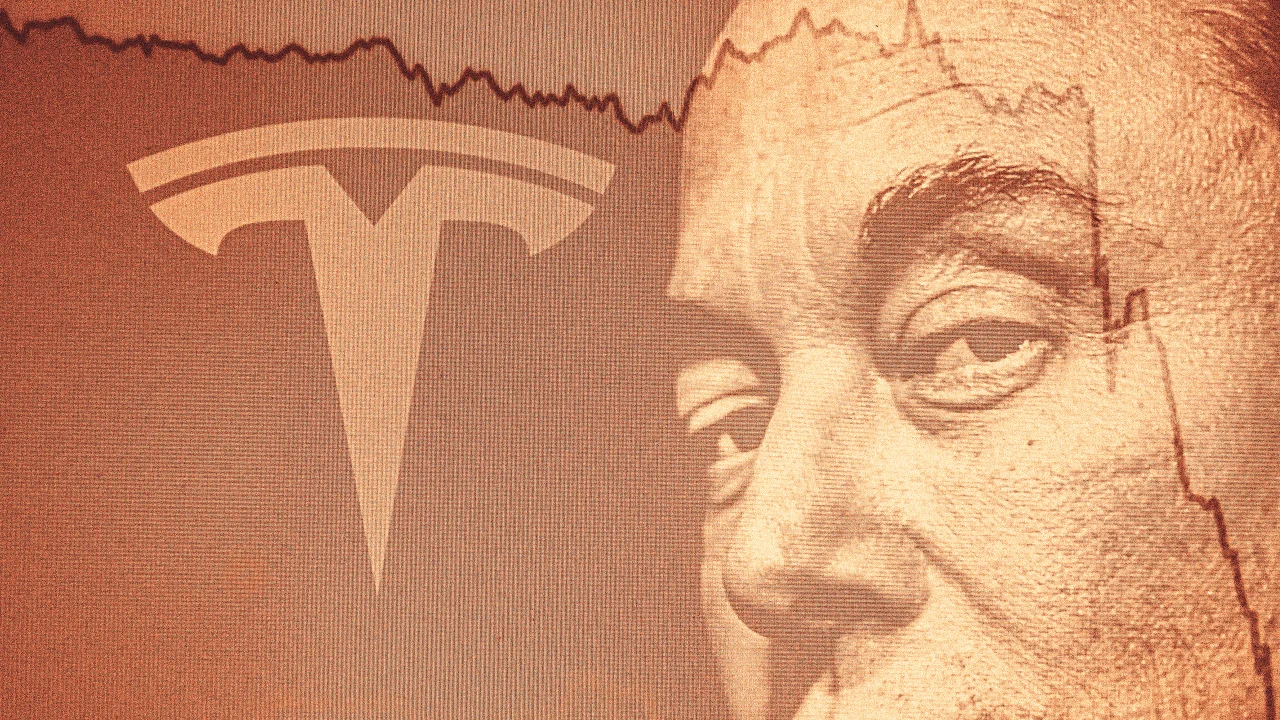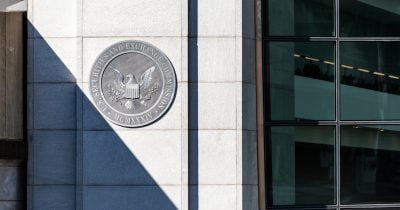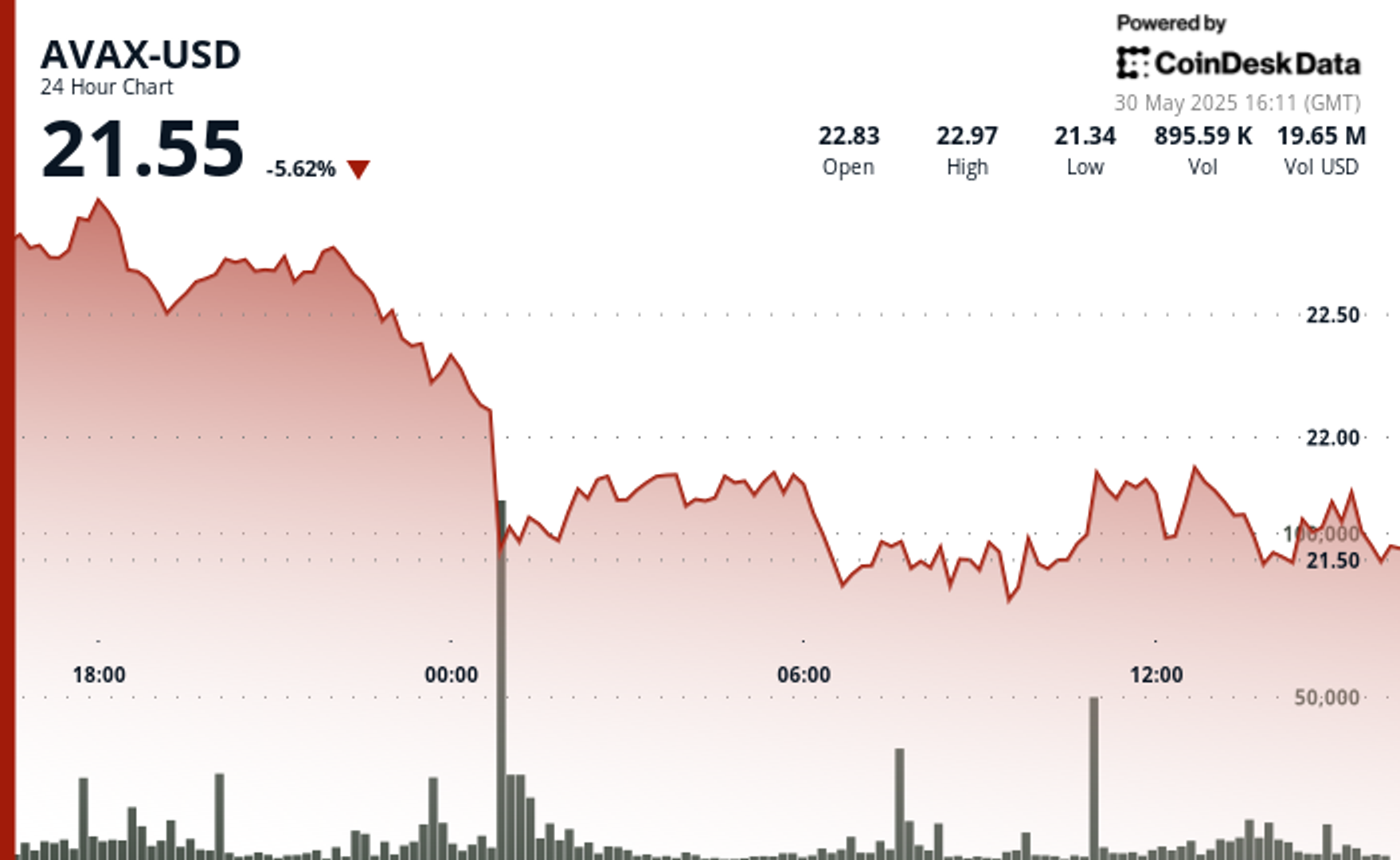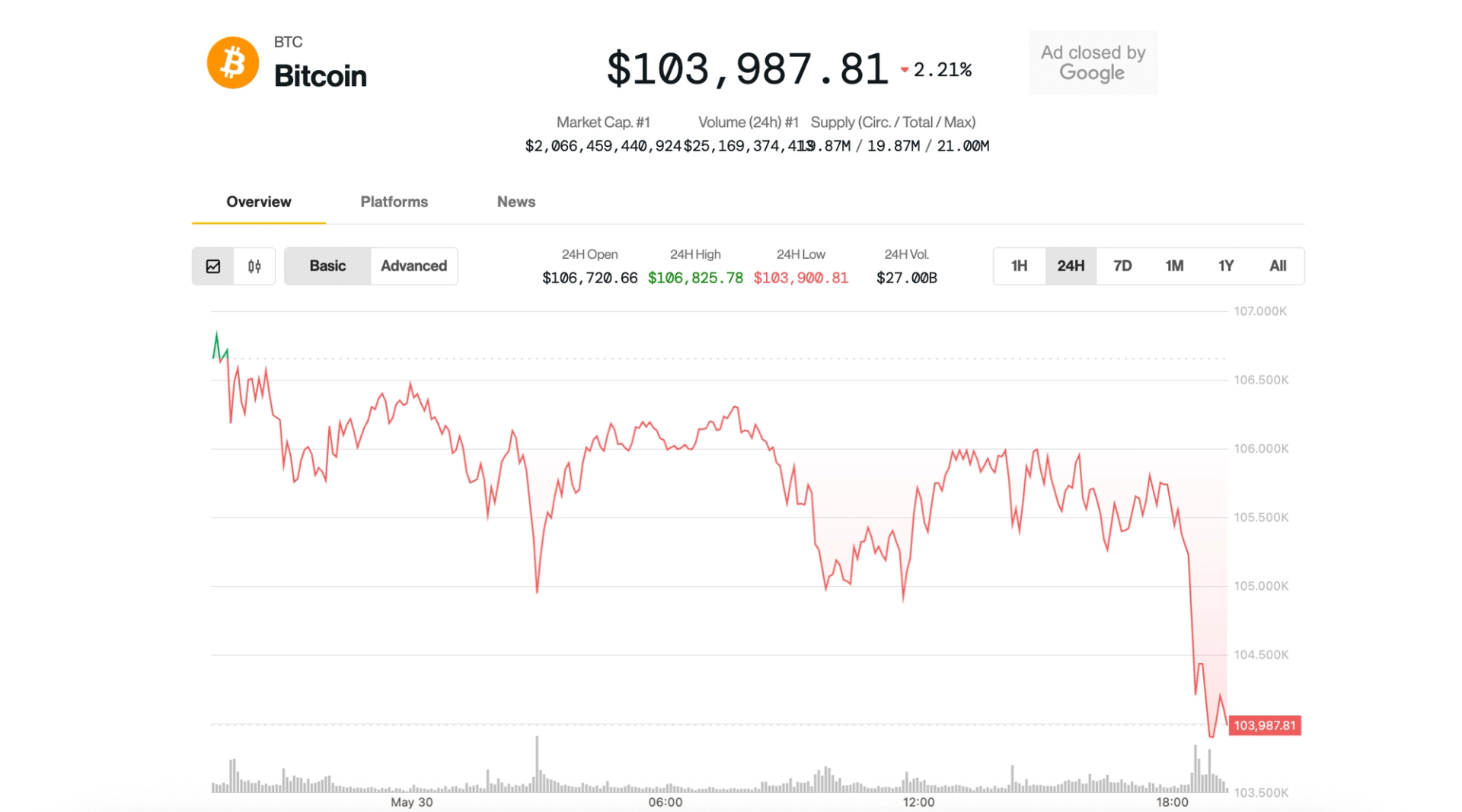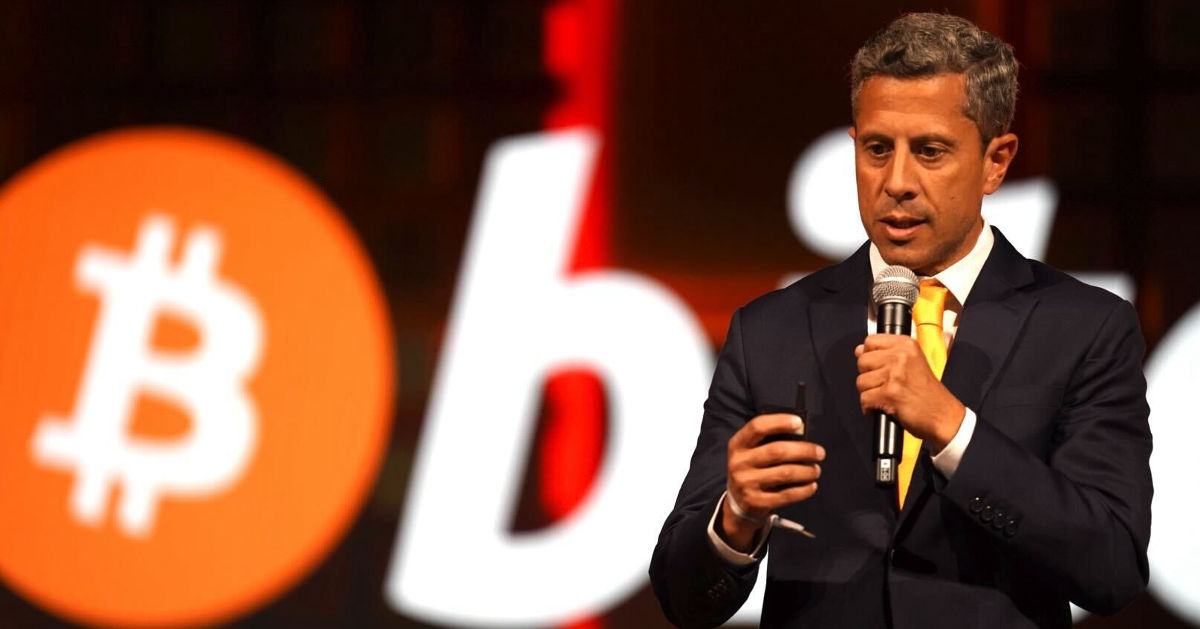Trump’s trade negotiation tactic may have just gone up in smoke as court blocks tariffs, but economists believe it’s ‘hardly the end of this story’
"We haven’t heard directly from President Trump on the matter yet, so it’s unclear how the administration might respond going forward," one analyst notes.

- ANALYSIS: A U.S. court ruled that the Trump administration lacked the authority to impose sweeping global tariffs under the International Emergency Economic Powers Act, requiring the White House to begin unwinding certain tariffs within 10 days—though an appeal is underway. While this decision poses a major challenge to Trump’s trade strategy, experts expect the administration to pursue alternative legal avenues to maintain or reintroduce tariffs, potentially shifting focus to sectoral measures or other provisions under the Trade Act.
The Trump tariff saga took another turn overnight, with the U.S. Court of International Trade ruling the White House did not have the authority to impose its ‘Liberation Day’ economic sanctions across the globe.
And while Canada, Mexico and China had been left out of further hits on April 2, the three-judge panel extended its ruling to the tariffs announced on these countries earlier this year as well.
The setback for Trump 2.0 is major, as it undermines the very foundation the administration has been relying on to push through more advantageous deals with key trading partners.
Of course, the Trump team were quick to announce they would appeal the decision.
To recap, the current state of play with tariffs is that the majority of the world is subject to a 10% import tax into the U.S., while China sits at 30% following an agreement with Beijing. In addition, Canada and Mexico face levies of 25% as a result of Trump’s request for the nations to tackle immigration and the fentanyl trade.
Under this week’s ruling, the Oval Office has 10 days to carry out the administrative work to remove these tariffs. Sanctions on steel, autos and aluminum were not included in the ban.
It is not clear how quickly the tariffs will be undone, or whether the White House will keep them in place while it pushes ahead to the court of appeals and potentially the Supreme Court—though completing such a task in 10 days may prove impossible.
Whatever the outcome, this wrench in the works may still have repercussions for the timeline of negotiations—a pressure the Trump administration has been keen to keep up. In his second term, Trump has routinely announced sanctions with fairly swift turnarounds.
When these tariffs have been delayed—which they often have—the timeframes have still remained tight in order to get deals done, for example a 90-day pause following ‘Liberation Day’ tariffs and a similar window to allow for negotiations with China.
What’s clear is that this ruling does not mark the conclusion of tariffs, but simply the beginning of the next chapter.
As Deutsche Bank’s Jim Reid wrote in a note seen by Fortune this morning: “We should say at the outset that this is hardly the end of this story, as the administration are appealing this decision. But already, markets have seen a substantial rally in response.”
Indeed, S&P futures are up 1.7% at the time of writing, with Dow Jones future also up 1.3%.
Wider impact
Economists have noted that the revenue tap Trump has switched on may prove too tempting for future administrations to turn off, courtesy of the vast revenues they are likely to generate.
But how these funds will have played into the wider budget of Trump 2.0—and whether or not they were relied on for spending packages like the ‘Big, Beautiful Bill’ was never made clear.
“We haven’t heard directly from President Trump on the matter yet, so it’s unclear how the administration might respond going forward,” Reid notes. “This could also have broader revenue implications, as they had been hoping to use tariffs as a source of revenue to fund other tax cuts.
“If the ruling did remain in place … one option for the administration would be to expand the use of other tariff instruments, like the Section 232 on national security grounds, which have been used for autos, steel and aluminum tariffs.”
Goldman Sachs’s Alec Phillips chimed that he did not expect the tariff setback to alter the wider fiscal strategy of the administration, explaining “tariff revenue was never counted toward offsetting the cost of the package, and most lawmakers never made a clear link between the two issues.”
He added: “That said, the tariffs the court struck down were likely to raise nearly $200bn on an annual basis, which is roughly the amount the fiscal package would increase the deficit next year (compared with current policy) and more than the impact in following years.”
Other avenues to achieve tariffs
Like Reid, Phillips expects Trump’s team to explore other legal routes to achieve the same aim.
Trump’s tariffs were blocked by the court as they relied on the International Emergency Economic Powers Act (IEEPA), however this is not the only way to achieve sanctions. The court itself highlighted that Trump could use two sections of the 1974 Trade Act to impose tariffs of up to 15% for a maximum of 150 days (which can be extended by Congress) to address the balance of payments, or justify the action under Sec. 301 as addressing unfair trade practices.
Phillips noted that the White House could also broaden sectoral tariffs, a move many analysts are already expecting. He explained: “Uncertainty regarding the IEEPA-based tariffs could lead the White House to put more emphasis on sectoral tariffs, where there is much less legal uncertainty.
“President Trump has not emphasized sectoral tariffs as frequently lately as he did earlier this year, but if the White House finds it has less flexibility on country-focused tariffs, sectoral tariffs might receive more attention again.”
He added: “Sec. 338 of the Trade Act of 1930 allows the president to impose tariffs of up to 50% on imports from countries that discriminate against the U.S. This authority, which has never been used, is similar to the authority under Sec. 301, except that it limits the amount of the tariffs but does not require a formal investigation.”
This story was originally featured on Fortune.com






















